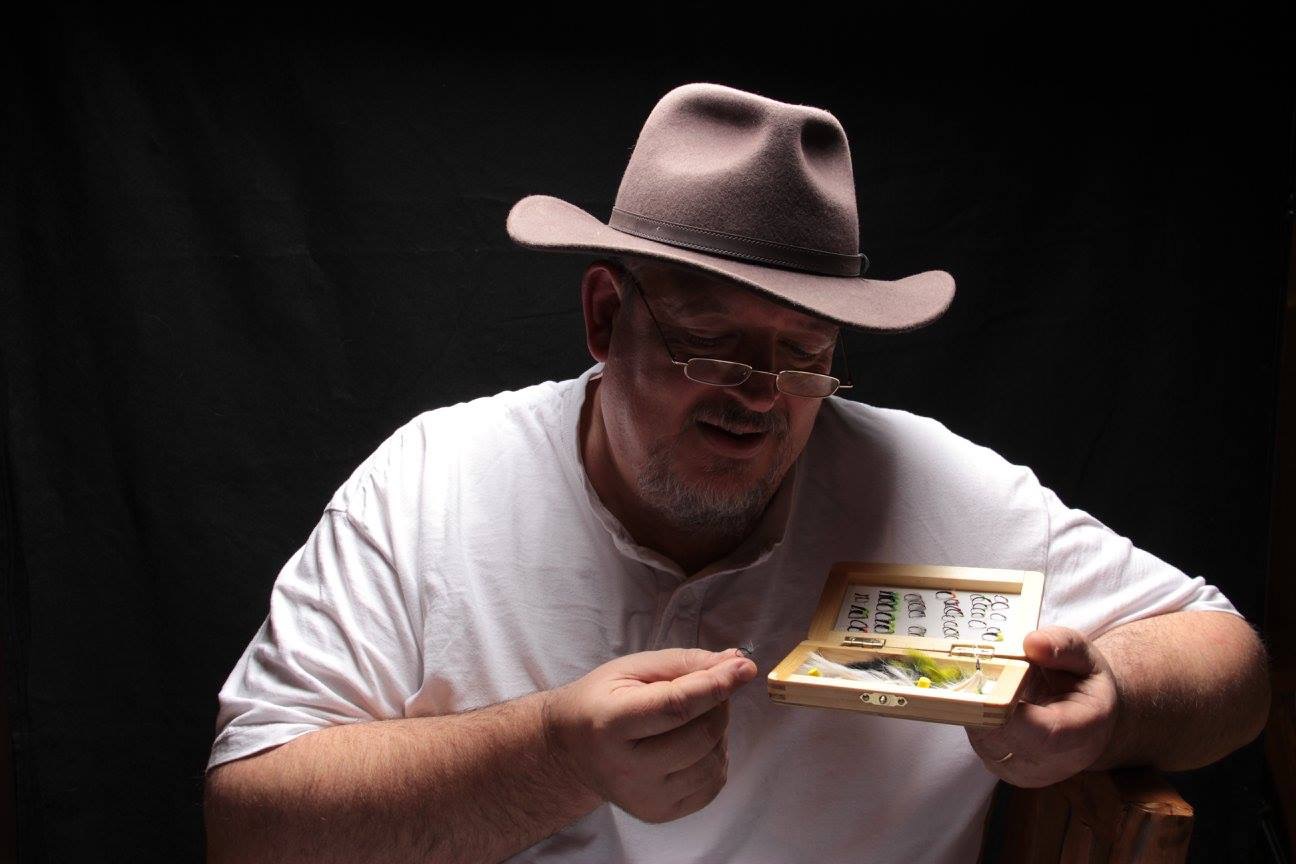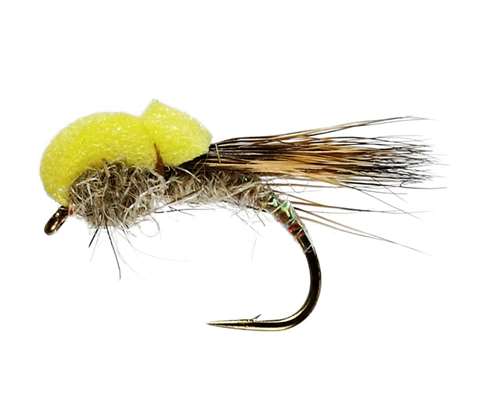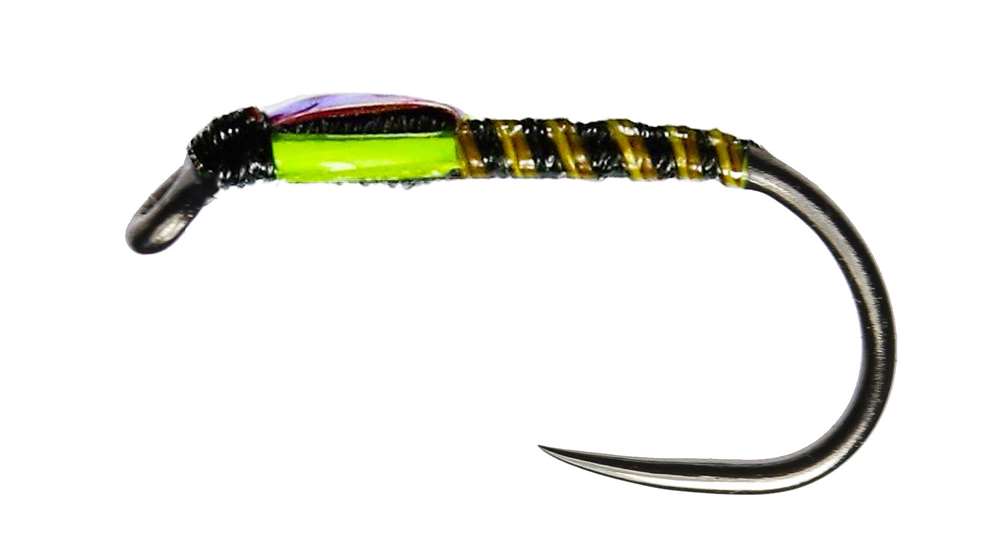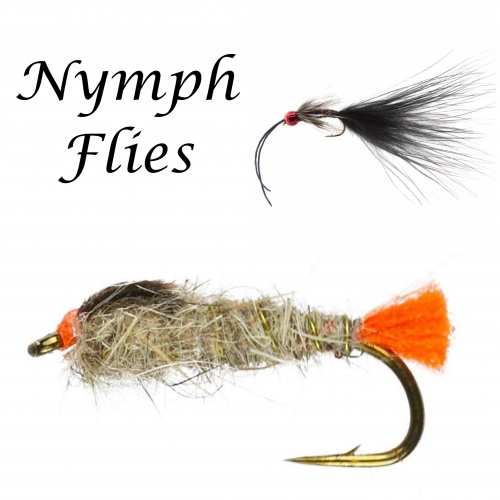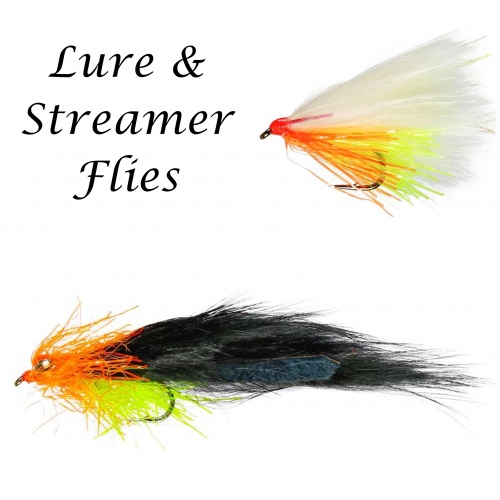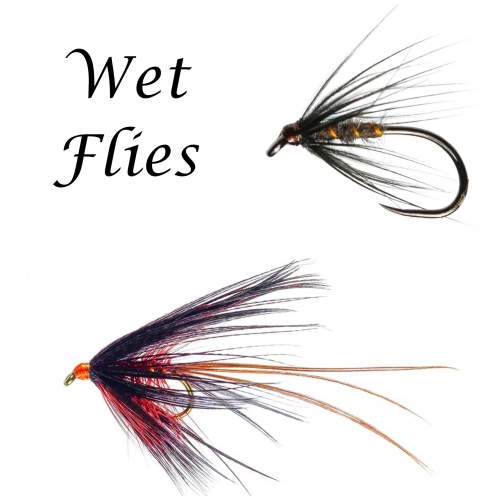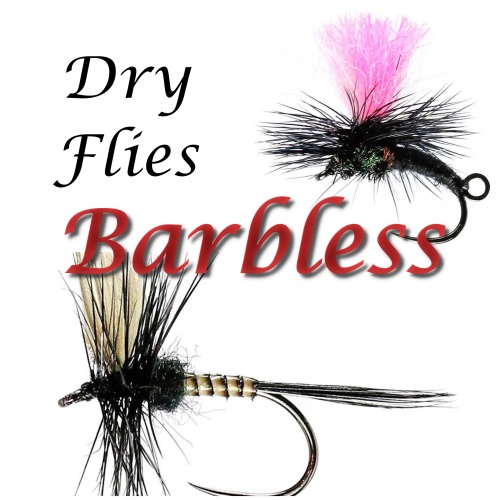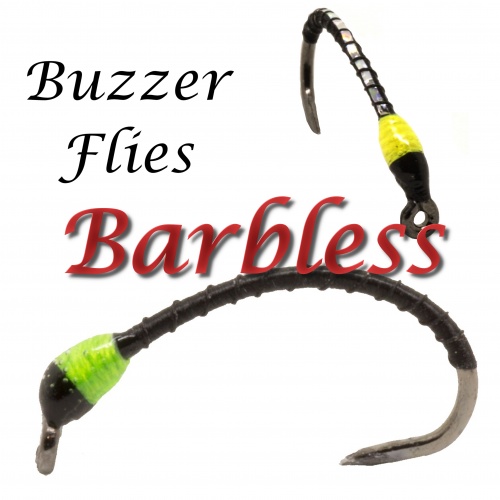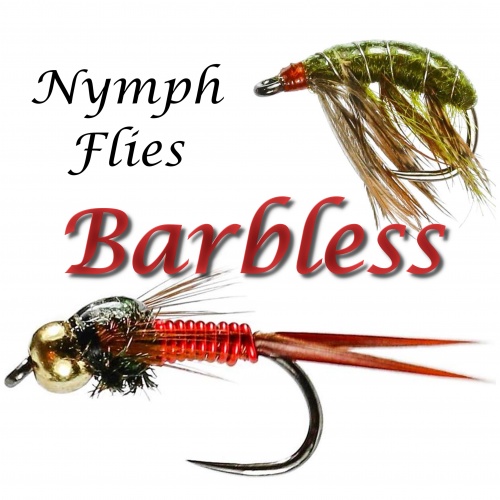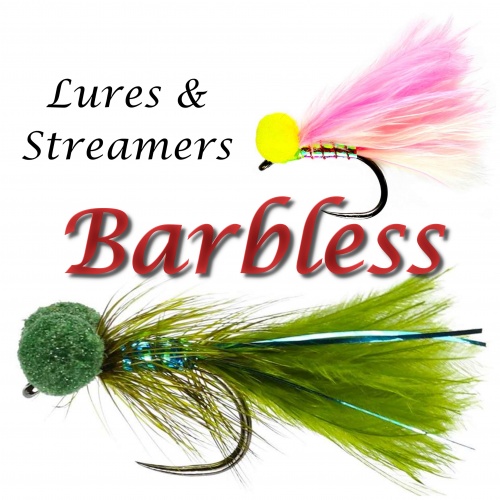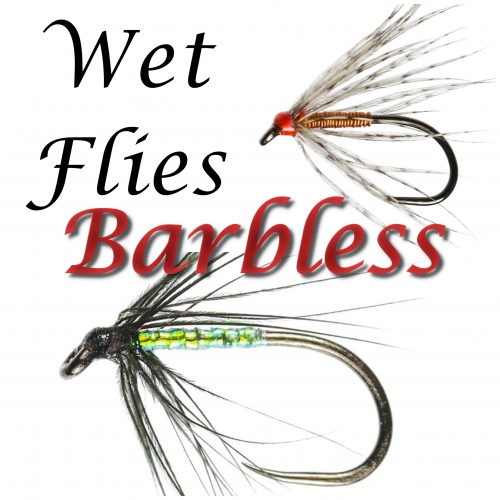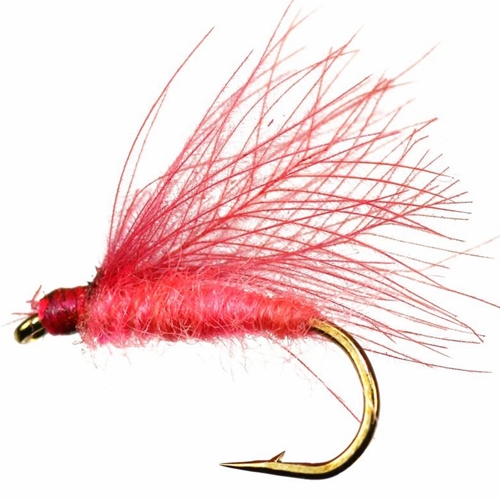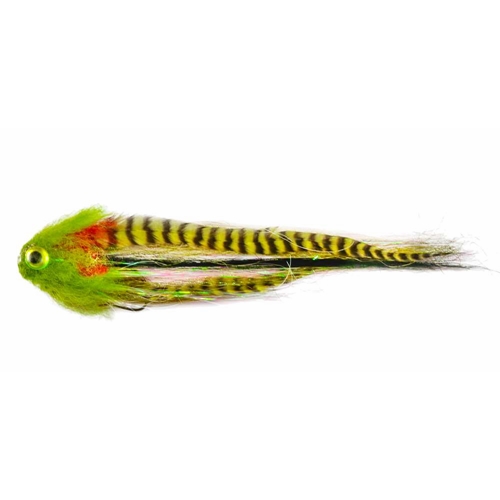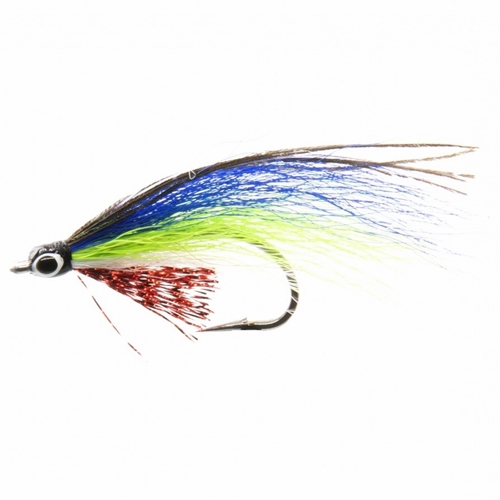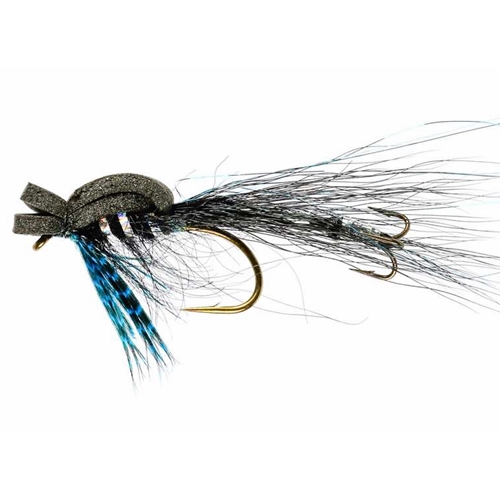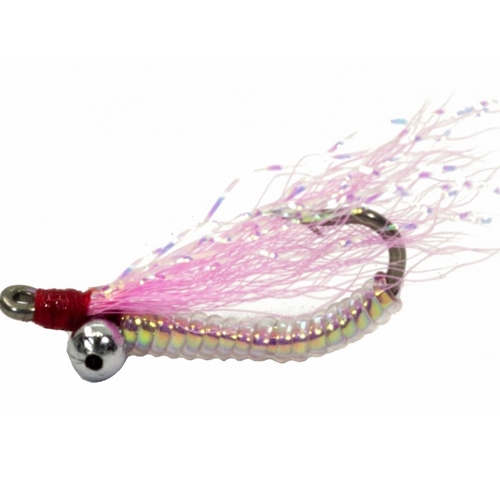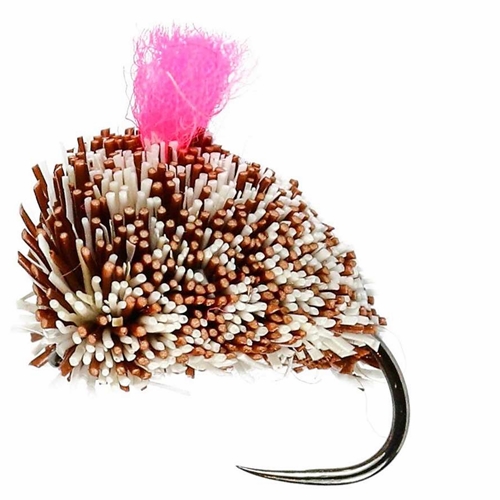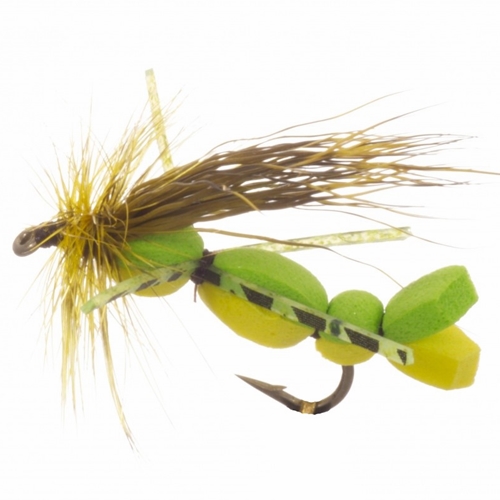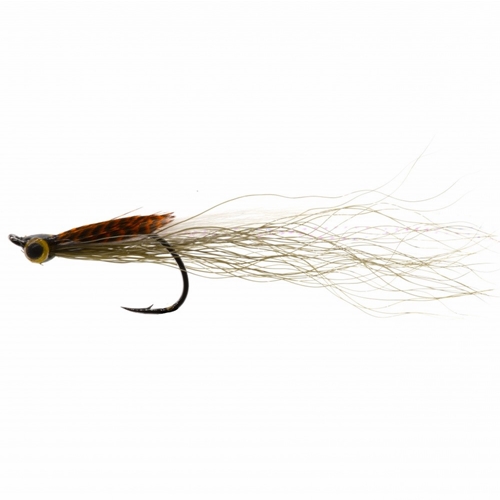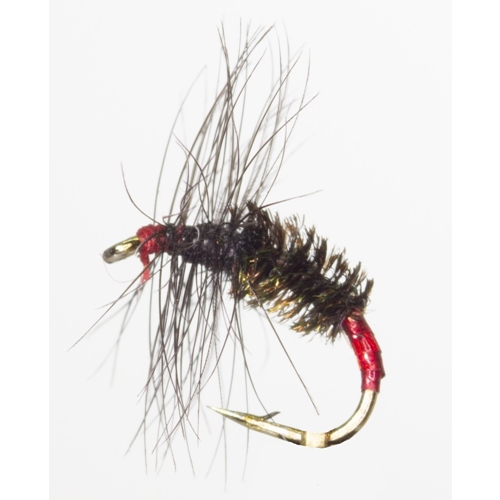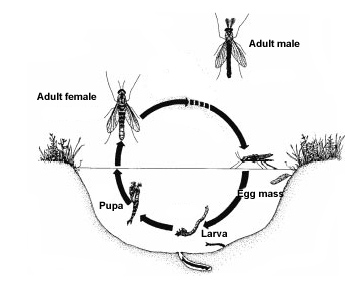 Possibly the most underestimated flies in the fly angler's armoury are the humble Trout buzzer flies. The Trout buzzer imitates a midge in its nymph stage ready to emerge into an adult midge. Starting life in muddy water as a bloodworm or chironomide which is blood red in color and changing into the midge as an adult.
Possibly the most underestimated flies in the fly angler's armoury are the humble Trout buzzer flies. The Trout buzzer imitates a midge in its nymph stage ready to emerge into an adult midge. Starting life in muddy water as a bloodworm or chironomide which is blood red in color and changing into the midge as an adult.
This is a large group of insects with over 5,000 described species and 700 species in North America alone. Males are easily recognized by their plumose antennae. Adults are sometimes known as "lake flies" in parts of Canada, as "sand flies", "muckleheads", or "muffleheads" in various regions of the USA Great Lakes area, and as "blind mosquitoes" or "chizzywinks" in Florida, USA. In the adult form some midges are large up to hook size 14 but the majority are size 22 or even smaller.
When ready to emerge into a midge it ascends to the surface of the water. This is when we use a Trout buzzer to imitate this stage of the midge's life. Using small Trout buzzers does work as a natural buzzer pupa can be just a few millimetres long. Believe it or not these little buzzers maybe just 5 to 8 mm long can account for huge trout, the reason is simply they think they are eating something natural.
For Fly Fishermen Midges and their lifecycle is improtant to understand, why? Simple this species hatches 365 days per year as can be seen in the hatch chart below. The hatch may be only for minutes on some occassions however because they hatch daily an understanding of their lifecycle only benefits fly fishermen. Their emerging form or buzzers are probably among the most important flies for stillwater fly fishermen.

Lifecycle
Males emerge and within a week females arrive, and they mate, the males die off. The female will lay up to 3 batches of eggs! Midge flies lay eggs in water.
- The eggs mass is a small clear jelly-like glob that looks much like aquatic snail eggs. The eggs hatch into small worm-like larvae which are known as bloodworm.
- Bloodworm or midge larvae are red for much the same reason that our blood is red because it carries oxygen. They live in the soft mud found in most still waters. Bloodworms spend most of their time attached to the bottom or other solid surface in a tube they makle
- When they are getting near to hatching they lose their blood red colour and take on a more sombre appearance. They then make their way from the lake bottom up through the water columns to the surface. This is achieved by a wriggly swimming action. This is the phase we fly fishermen call buzzers.
- Once the pupa reaches the surface it tends to get stuck under the surface film and takes awhile to push through it. While they are doing this they hang in the film like little commas and the trout cruise along at a leisurely pace sipping chironomid buzzers, here we use flies like cdc emergers
- The actual hatching of the adult takes less than 30 seconds onec the buzzer breaks through the surface film and the cycle starts again!
